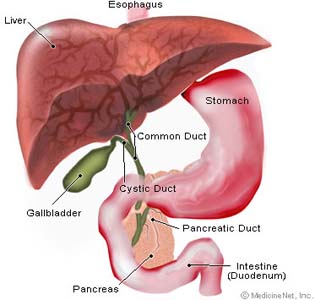Binge Drinking Increases Pancreatic Cancer Risk In Males
 A new study from UT Southwestern Medical Center has suggested that heavy alcohol consumption and binge drinking can raise pancreatic cancer risk in males.
A new study from UT Southwestern Medical Center has suggested that heavy alcohol consumption and binge drinking can raise pancreatic cancer risk in males.
The study scientists discovered that males who had alcohol increased their chance of pancreatic cancer by 1.5 to 6 times as against males those who didn't booze or who had less than one drink per month.
The study also suggested that men who engaged in binge drinking had a 3.5 times greater chance of having pancreatic cancer.
Dr. Samir Gupta, assistant professor of internal medicine at UT Southwestern and lead author of the study, which was conducted at the University of California, San Francisco said, "If this relationship continues to be confirmed, reducing heavy and binge drinking may be more important than we already know."
They classified one drink as a can, bottle or 12 ounces of beer; a 4-ounce glass of wine; or one shot of liquor - each serving contains about 14 grams of alcohol.
However, as females don't have as much alcohol as males, researchers did not locate the same relationship amongst them.
This research regarding the link between pancreatic cancer and alcohol is different and more elaborated as the scientists considered other multiple factors that weren't assessed previously.
In the new research, researchers used structured questionnaires to interview pancreatic cancer sufferers in the San Francisco area diagnosed between 1995 and 1999 and compared those results with those of control participants matched by sex, age and county of residence.
The 532 cancer sufferers aged from 21 to 85, with the majority between 60 and 80 years of age. Fifty-five percent of study participants were men; 83 percent of them were Caucasian; and most of them were of normal weight with some college education. The 1,701 control participants were of similar demographics.
The results of the research are available online in Cancer Causes and Control. (With Inputs from Agencies)